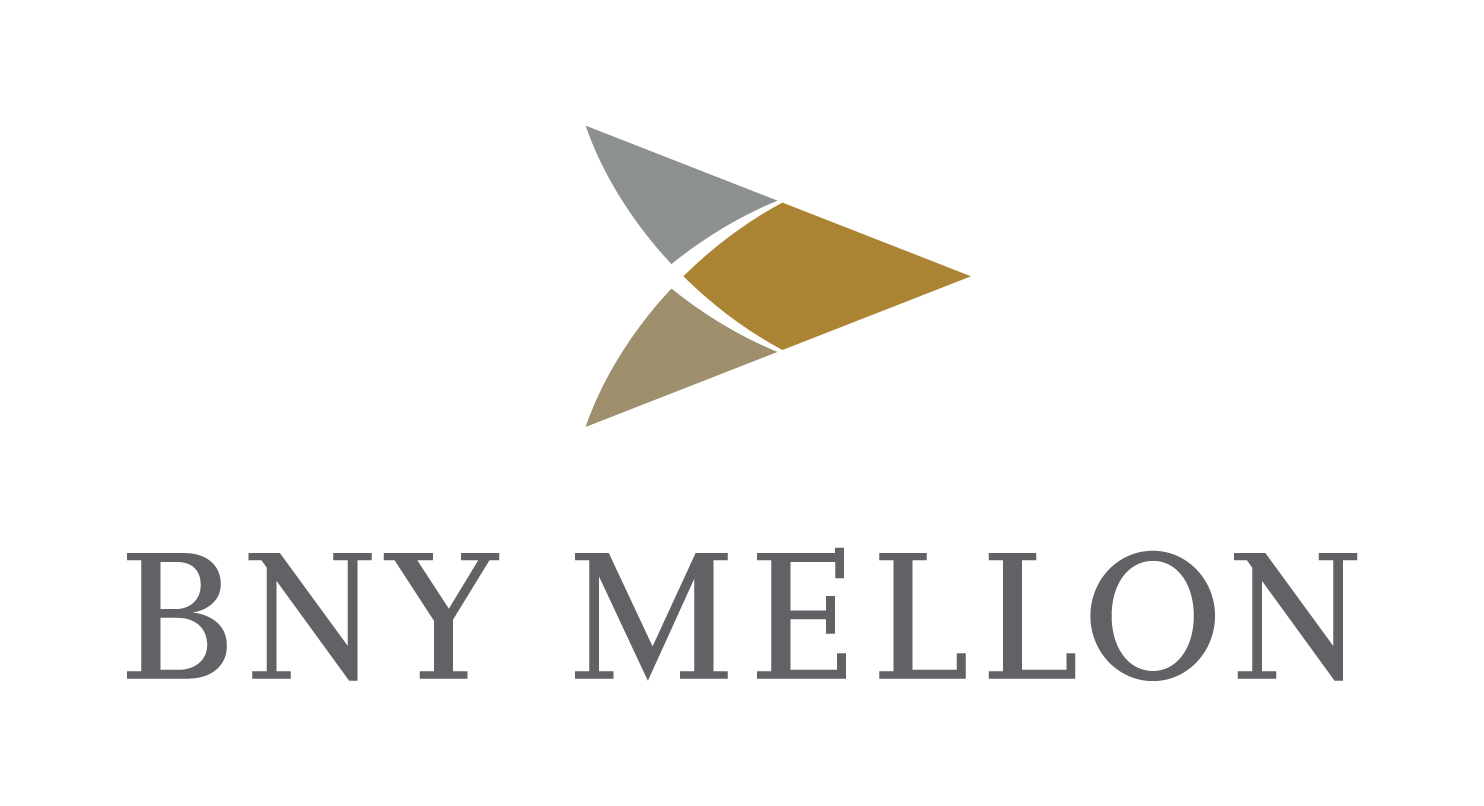Etihad Airways has transformed its profit and loss forecasting and cost modelling procedures to introduce dynamic planning. Helped by a new Adaptive Insights software tool that shifts accountability for inputs to the business and encourages everyone’s participation, the overhaul has eliminated disparate Excel and Access-based models to enable more analysis. Vydya Venkateswaran, of Etihad Airways, presents a case study
Etihad Airways, the national airline of the UAE, was established in 2003. It has grown rapidly, carrying 6.7m passengers by 2014 and reporting $3.2bn in revenue, up 28 per cent compared to the same time last year.
The airline has ambitious growth targets. With more than 200 aircraft on firm order to expand its existing fleet of 104, it realises that effective financial planning and analysis (FP&A) forecasting is essential to achieve its long-term financial targets. This is why it has remodelled its financial procedures and introduced an Adaptive Insights software tool.
The previous five-year forecasting process used at Etihad was a purely finance-driven exercise, with minimal involvement from external stakeholders. The financial planning unit at the airline would take a view on revenues, costs and future operational efficiencies in order to produce its long-term financials, without external input.
The cost modelling and profit and loss (P&L) outputs were previously based on aggregating a series of Excel and Access models. This took almost three months to pull together under the old system. More importantly, there was no “ownership of the numbers” by the individual business units due to their lack of involvement.
The objective of Etihad’s new project, detailed here, was two-fold:
- to create “ownership of the numbers” across the business
- to reduce the time taken to generate and update the five-year plan Etihad uses for its long-term planning procedures.
In order to address the lack of ownership, the financial planning unit at Etihad took the bold step of completely excluding itself from generating underlying cost and revenue estimates.
Going forward, all other business units would need to estimate their relevant costs and/or revenues (either absolutely or through drivers and rates). The financial planning team would limit itself to supporting business units in generating these numbers, while emphasising that it was their responsibility. The team also explained it would later process these inputs from the respective business units into a consolidated and comprehensive five-year Etihad company plan. This dynamic and evolving plan could be changed and tested once the new procedure was up and running.
In order to ensure that the five-year plan was created in a more streamlined and efficient manner, Etihad Airways leveraged the capabilities of Adaptive Insights’ software to centralise departmental cost models into one consolidated planning application.
This gives the airline the ability to evaluate changes in its operating plans quickly, and incorporate changes in key macroeconomic assumptions, including fuel, foreign exchange (FX) rates, interest rates and inflation. Each of these has the potential to significantly impact Etihad’s financial performance, which is why they are so vital. A process that had historically been extremely time-consuming and cumbersome has now been transformed and a dynamic forecasting and budgeting element is now possible.
Overcoming the challenges
The main obstacle in moving towards a more dynamic FP&A-based approach at Etihad was the need to convince each business unit of the value of its active participation. The team needed to convince each individual business unit to engage and actively contribute into the five-year planning exercise.
Due to the lack of departmental involvement in the past, there was some initial scepticism around the need for a plan, especially the higher level of engagement that was being requested.
However, the financial planning team, together with Etihad Airways’ corporate strategy unit, led meetings across the organisation with senior executives in order to highlight the importance of meaningful, achievable and measurable targets that were aligned with its corporate vision. This process helped to get project buy-in.
The mandate was explained to all stakeholders (in terms of both internal and external users of this information) and it was made clear that the five-year plan could serve as a platform upon which the following year’s budget would be built, which in turn would facilitate its compilation. The process was kicked off in March 2014 and completed less than two months later in May.
The second aspect of the project was to move all of the data into the Adaptive Insights tool by migrating it from a large number of disparate Excel and Access-based models. Initially, there was some pushback from the business units, which were not keen to relinquish control of their respective cost outputs. In order to mitigate these concerns, the financial planning unit helped departments to transfer their models into the Adaptive software. The team also conducted extensive end-user testing to ensure that the integrity of all cost models was retained during the course of the migration.
Furthermore, all business units were assured that they would continue to be the sole owners of their respective pieces within the planning application. The purpose of the centralisation push was more focused on ensuring that all key assumptions were aligned across the company, and this was clearly explained.
Setting out the advantages
The successful completion of the project resulted in the recent publication of Etihad Airways’ five-year plan. This is the first such planning document to utilise the new process and technology. It is also the first time the task has been truly “business-owned”, with full involvement from each associated department and a centralised oversight mechanism in place.
The rollout of the new process has instilled discipline within the organisation, with each unit required to focus on establishing a roadmap for the airline’s progress and to think about how it can help the airline to advance over the next five years. By having clear expectations around what it is expected to deliver, each business unit within the firm was able to highlight the resources and funding requirements needed to achieve its key performance indicators (KPIs).
A critical by-product of this exercise included the development of the company’s first five-year manpower plan, with its feedback loop inputting into the airline’s medium to long-term facilities and IT planning procedures. The over-arching plan touches on all aspects of the business.
Another critical output of the project has been the publication of a detailed medium- to-long-term capital expenditure (capex) plan. This gives the treasury department at Etihad much needed visibility into funding requirements over the next five years, facilitating its ability to ensure that financing for all approved projects can be secured.
Furthermore, by storing all cost models in the Adaptive Insights solution, the finance team can now evaluate competing operating plans much more easily and quickly assess their impact on income statements. In addition, this means quick recommendations can now be made to senior management about the profitability impact of any decisions. This flexibility has given the financial planning team a greater influence on the network that the airline operates.
As each business unit still retains ownership of its departmental models and contributes to the centralised data repository, it is able to update its models easily. The new forecasts, which will be done regularly from now on, flow directly into the dynamic evolving five-year plan.
This case study is based upon an entry that won the Financial Planning and Analysis (FP&A) category at the gtnews Awards 2014.
 Cash And Trade Magazine For Cash and Trade professionals in the Middle East
Cash And Trade Magazine For Cash and Trade professionals in the Middle East




